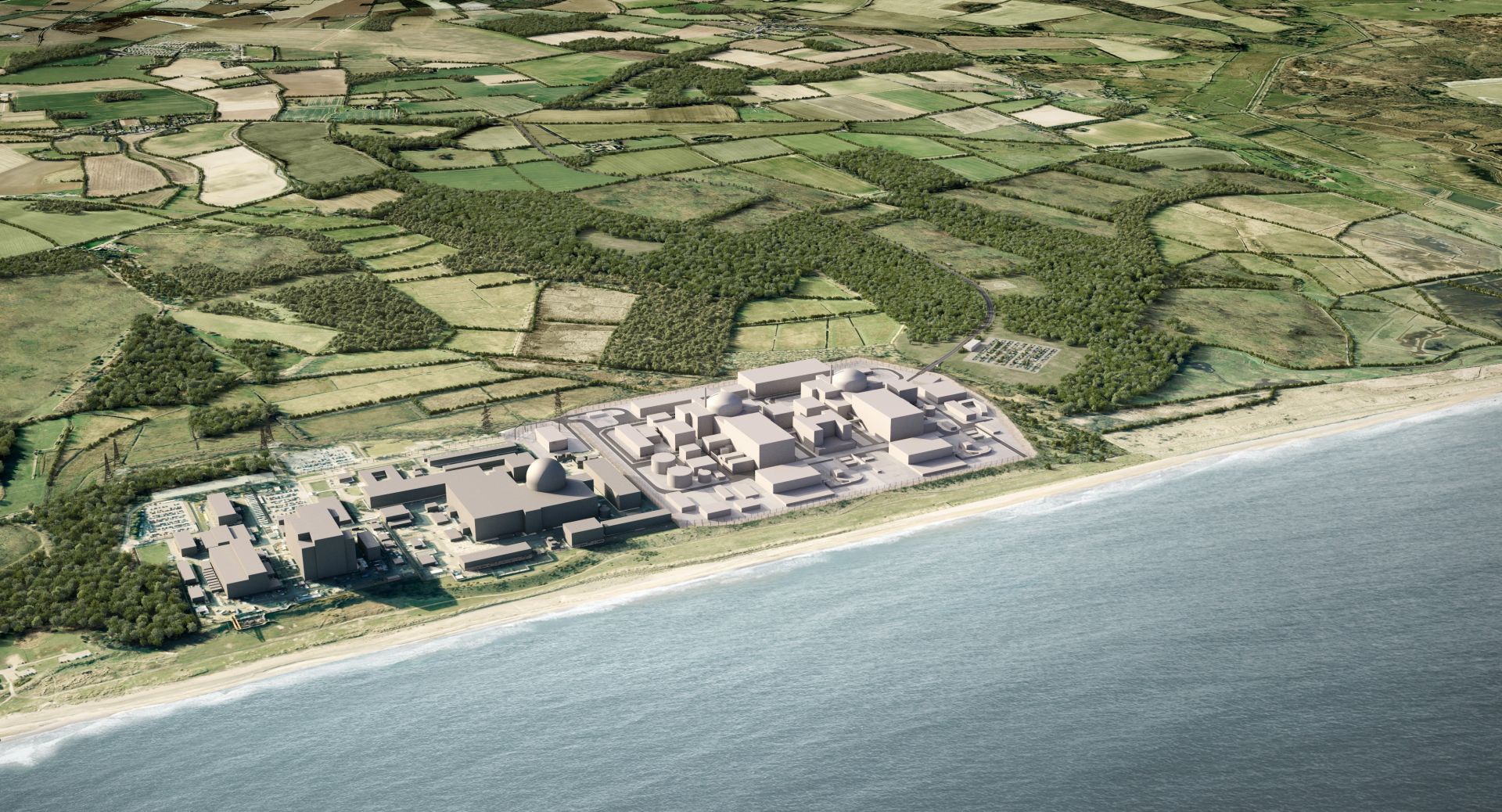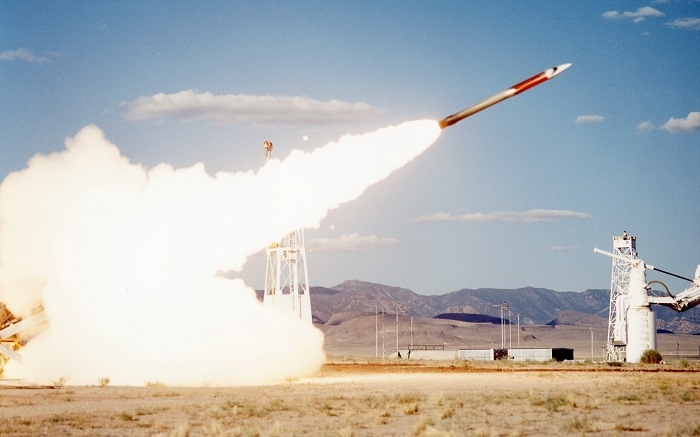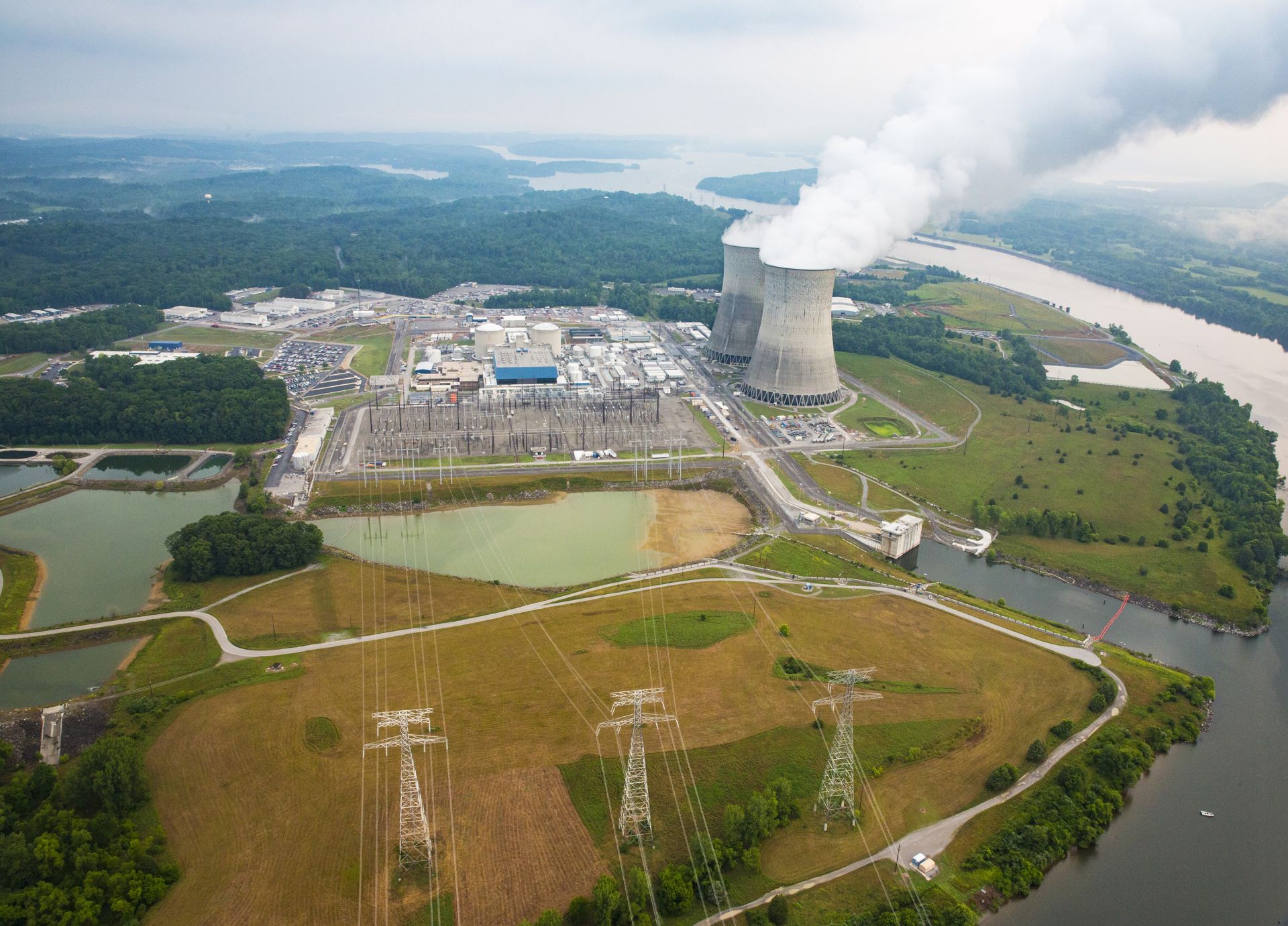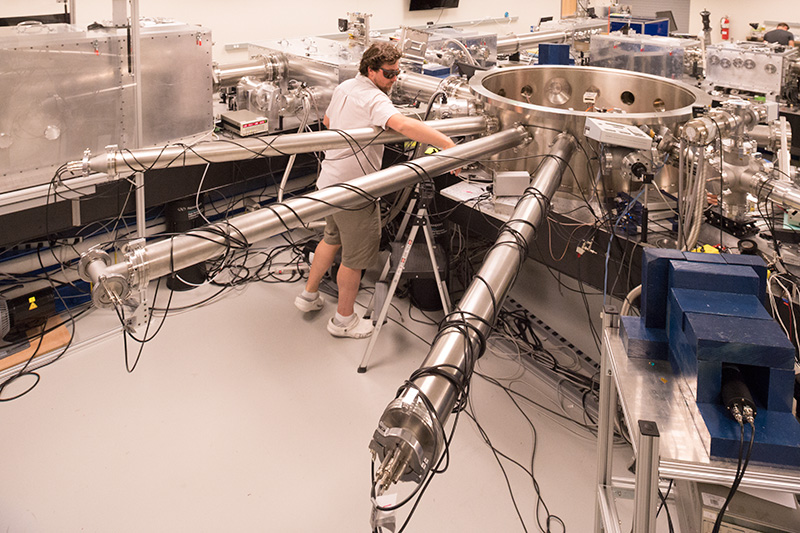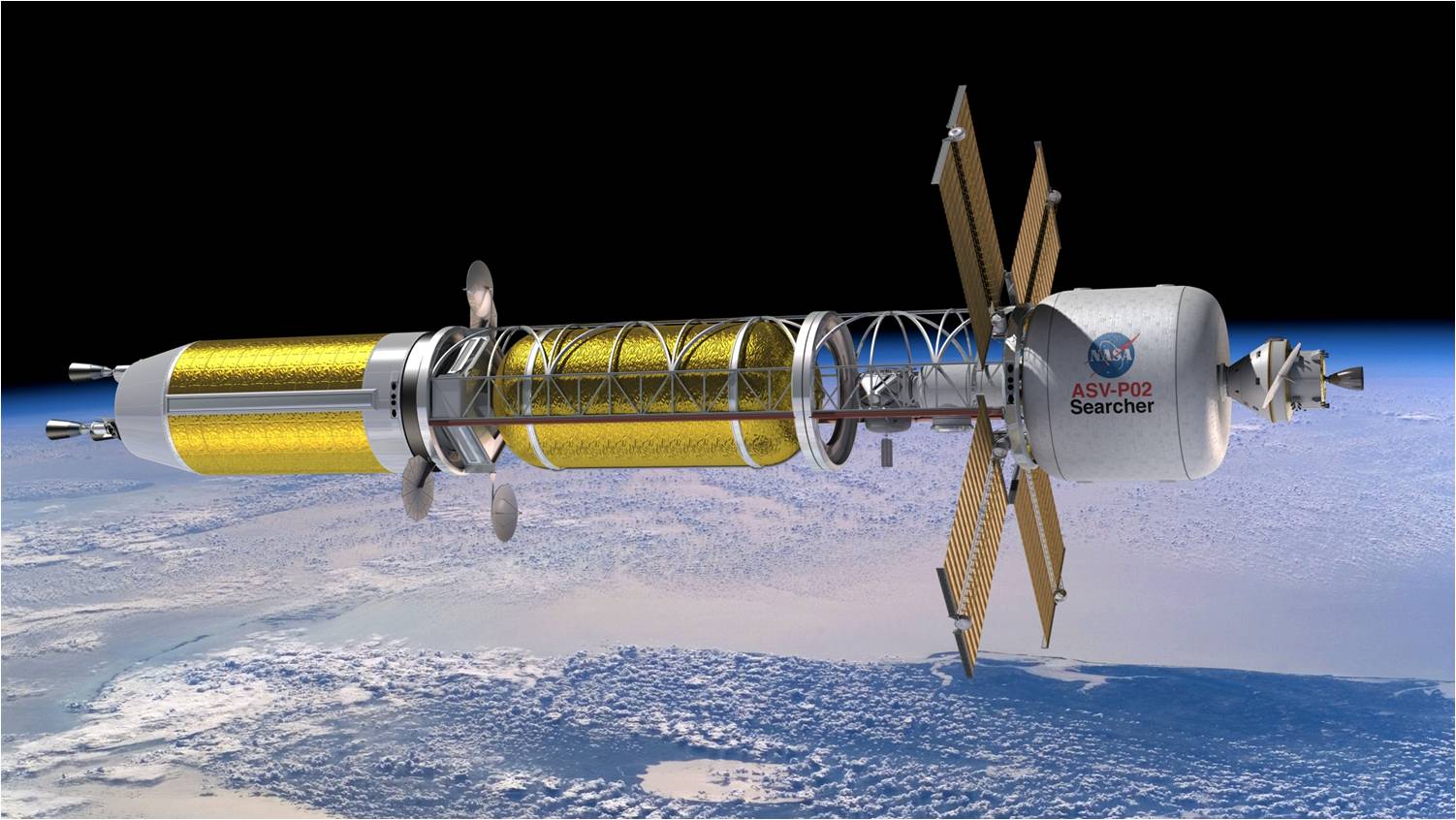Hanford evaporator facility gets upgrades
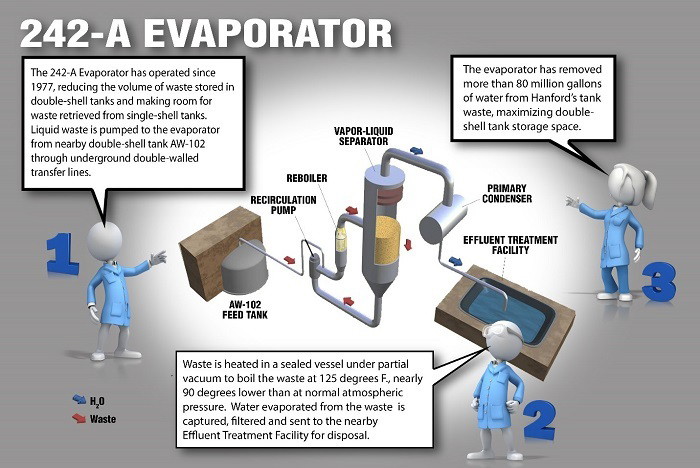
A graphic representation showing how the 242-A Evaporator creates storage space in the double-shell tanks at the Hanford Site. Image: DOE
Improvements to Hanford’s 242-A Evaporator Facility continue to be made as the Department of Energy prepares to begin its direct-feed low-activity waste (DFLAW) approach to treating radioactive liquid waste at the site near Richland, Wash. The DOE announced on November 3 that its Office of River Protection and contractor Washington River Protection Solutions (WRPS) have completed several major upgrades and repairs at the evaporator, and more are planned.
Used to reduce waste volume by removing liquid from Hanford’s underground storage tanks, the 242-A Evaporator is fundamental to the Hanford Site tank waste mission and will play an essential part in the DFLAW treatment approach, according to the DOE.



